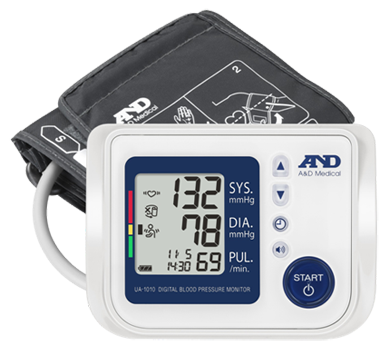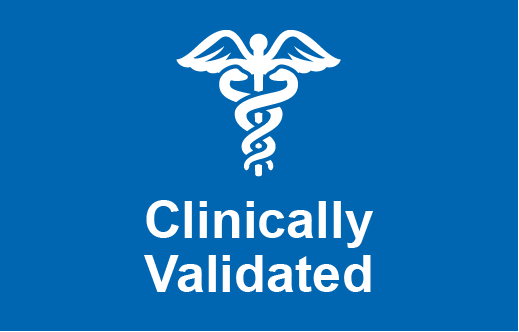With excerpts from an interview with Jerry Wang, Director of Engineering, A&D Medical
With the recent changes to the definition of what constitutes high blood pressure from the American Heart Association (AHA), almost half of all U.S. adults are now considered hypertensive.
“According to the AHA, lowering the definition of high blood pressure will allow for earlier intervention to prevent further increases in blood pressure and complications related to hypertension,” said Jerry Wang, Director of Engineering, A&D Medical. “They are hoping healthcare providers and patients will consider home monitoring of blood pressure levels, in order to gain accurate readings across a broader spectrum of time and to mitigate errors in readings that might take place in a physician’s office.”
Healthcare practitioners know accurate home blood pressure monitors have become a valuable tool in long-term health management for their patients.
But even as they look to recommend blood pressure devices to their patients, two main factors have become clear: 1) the phrase “clinically validated” has come to be a marketing term as opposed to a scientific one in conveying product accuracy, and 2) educating patients on the correct way to take blood pressure readings remains critical.
And in our last blog post, we took a more in-depth look at the term “clinical validation,” and how to advise patients to research what it means.
In this blog post, we’ll look at how you can more fully educate patients on the right way to take blood pressure – as well as take that process one step further with a simple in-office test to judge the accuracy of their personal equipment.
IN-OFFICE ACCURACY ASSESSMENT
It’s a clinically validated product: now what?
After advising patients about the clinical validation process, providers can use the office visit as a time to educate patients on the proper procedure for blood pressure monitoring – which almost every practitioner has taped to their office wall.
“In addition to reviewing the proper protocols for blood pressure readings, some healthcare practitioners want to assess the accuracy of their patient’s equipment,” said Mr. Wang. “Those practitioners can follow the process laid out by the American Medical Association (AMA).”
This process is a simplified version of the European Society of Hypertension International Protocol, which can be done quickly in the office setting.
- Have the patient sit down with his or her arm at heart level (the arm should be completely relaxed).
- Allow the patient to rest for five minutes.
- Avoid any conversation during the measurements to prevent an increase in blood pressure.
- Take a total of five sequential same-arm blood pressure readings, no more than 30 seconds apart.
- Have the patient take the first two readings with his or her own device.
- Take the third reading, preferably with a mercury sphygmomanometer or comparable device.
- Have the patient take the fourth reading.
- The fifth and final reading should be taken by the health care clinician.
- Compare the difference between the readings from the two cuffs:
- BP readings will usually decline over the five measurements. The final systolic blood pressure reading may be as much as 10 mm Hg lower than the first.
- If the difference is 5 mm Hg or less, the comparison is acceptable.
- Do the step #4 again if the difference is greater than 5 mm Hg but less than 10 mm Hg (the device may not be accurate if the difference is greater than 10 mm Hg.).
- Repeat this procedure annually.
SUMMARY
Though there is no established target for how close the readings from the patient’s cuff should be to those from the clinician’s cuff, the above exercise can provide a general sense of the device’s accuracy, which can be taken into consideration for measurements recorded at home.
In conjunction with ensuring patients understand the process involved with clinical validation, healthcare practitioners can be assured that home readings done by the patient are as accurate as possible.



